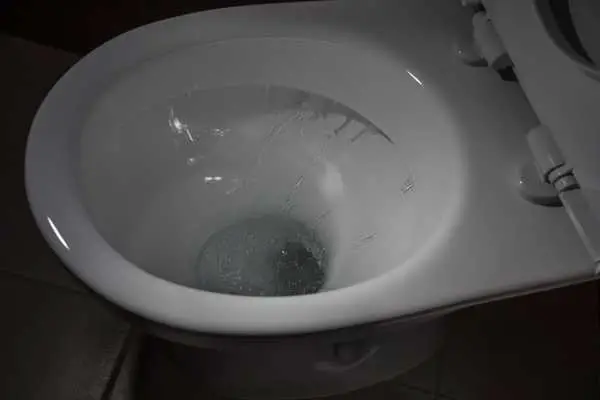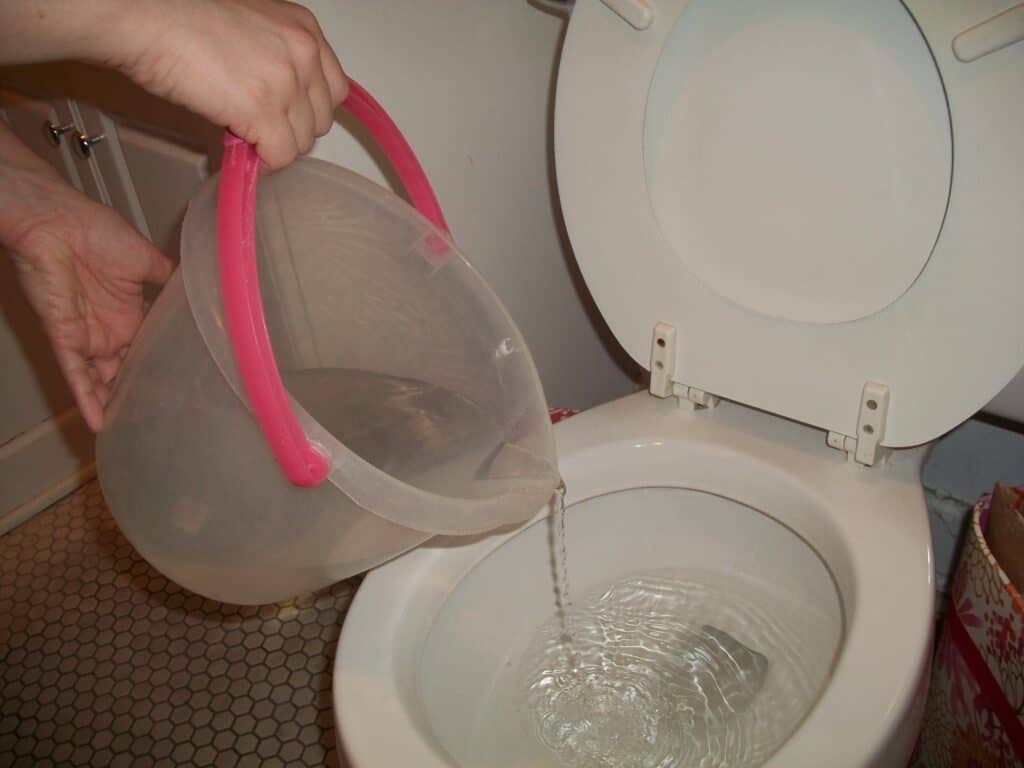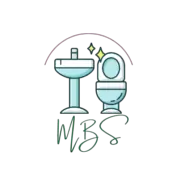There are a lot of things you can do when the water is off at your home, but there is one thing that’s quite complicated: Can you flush a toilet when the water is turned off?
The answer to this question depends on several factors. In this article, we’ll look at some of the factors that affect whether you can flush a toilet without water.
Have you ever experienced a water shut-off in your home and wondered how you were going to flush the toilet? It’s a common concern, and one that can cause a lot of stress and inconvenience. But the good news is that there are several ways to flush a toilet even when the water is off.
In this article, we will explore the different methods you can use to keep your toilet functioning during a water shut-off. From the gravity flush method to collecting water from various sources, we will provide you with tips and tricks to help you maintain your indoor plumbing and stay in control even when the water is out.
So, let’s dive in and discover how you can flush your toilet when the water is off.

So, can you flush a toilet when Water is Off
If you find yourself in a situation where the water is off and your toilet won’t flush, don’t panic. You can still flush your toilet without running water. The key is to use gravity and water from another source.
One method is to use a bucket of clean water. Simply pour the water into the bowl with force, and it’ll create enough pressure to flush the toilet. Be careful not to spill the water or create a mess. This method is effective, but it can be time-consuming and inconvenient.
If you’re dealing with a chronic toilet problem, or if you’re not comfortable trying to fix it yourself, it’s best to call a licensed plumbing professional. They can assess the situation and make any necessary repairs to get your toilet back up and running. With the right expertise, you can avoid any further complications and enjoy the convenience of indoor plumbing.
Gravity Flush
Ready to try a new method for flushing your toilet without running water? Look no further than the gravity flush.
This method involves pouring about 1.6 gallons of water into the toilet bowl to force a strong flush without using the toilet handle. It’s a simple solution for those times when your water supply is cut off or you’re experiencing a plumbing issue.
To execute a gravity flush, grab a bucket of water and quickly pour it into the toilet bowl. The force of the water will create a strong flush and clear out the bowl. Just be sure to pour the water in quickly to generate enough force.
This method is particularly useful when you don’t have access to a large supply of water to fill the toilet tank, but still need to use your toilet.
If you’re experiencing a plumbing issue or your water supply has been cut off, don’t panic. The gravity flush is just one of many solutions to keep your toilet running smoothly. Remember to have a few buckets of water on hand in case of emergencies, and if the problem persists, don’t hesitate to contact a licensed plumbing professional to help resolve the issue.
Bucket Method
The bucket method is a great way to keep your indoor plumbing operational even when there’s no running H2O. When you don’t have access to running water, simply fill a bucket with water from any available source and pour it into the toilet bowl quickly. The water will create enough pressure to force the contents of the bowl down the drain.

Using the bucket method requires a bit of caution to avoid splashing or making a mess, but it’s a reliable way to flush your toilet when running water isn’t available. Make sure to pour the water into the bowl as quickly as possible to create a forceful flush. You can also use the flush handle to help move the water along and ensure that everything is fully flushed.
Incorporating the bucket method into your emergency plumbing plan can help you stay prepared for unexpected water supply interruptions. Keep a few buckets on hand and make sure to have a source of clean water available to fill them. With a little preparation and the right tools, you can continue to use your indoor plumbing even when the water’s shut off.
Private Wells
You’re in for a real headache if your power goes out and your private well stops working, leaving you without access to one of life’s necessities: water. This situation can be especially stressful if you need to flush your toilet and the water is shut off. But don’t panic just yet—there are solutions.
First, it’s important to note that most toilets can still be flushed without running water. As long as you have water stored somewhere, you can pour it into the toilet tank to flush. However, if your private well is not working, you may not have access to any water at all. In this case, it’s crucial to have several gallons of water saved in advance for emergency situations.
If you find yourself in a situation where your private well is not functioning and you don’t have any saved water, it’s time to call a plumber. A licensed plumbing professional can help you identify the problem and fix it. They may also have solutions for flushing your toilet without running water, such as using rainwater or water from a nearby stream.
Don’t wait until it’s too late—make sure you have a plan in place for water shutoffs and power outages.
Electric Pumps
If your power goes out and you have a private well, it can be a major inconvenience since your plumbing appliances won’t work. This can be especially frustrating when you need to use your toilet, but don’t have running water. However, a licensed plumbing professional can help you reset your well pump once the electricity is back on.
When it comes to toilet bowls, they don’t require running water to flush, just gravity and water in the toilet tank. So if you have water on hand, you can still use your toilet during a power outage or water shutoff. Just make sure to check the water level in the tank before pouring in any water, and only use clean water without debris.
In cases of chronic toilet problems, it’s best to call a licensed plumber. They can help you diagnose the issue and provide a solution that will work for your specific situation.
It’s also important to prepare for water shutoffs and power outages by having several gallons of water saved, just in case. And if you have a private well, make sure to have a licensed plumber’s contact information on hand for emergencies.
Power Outage
When the power goes out, it can be a hassle not having access to your plumbing appliances, but don’t worry, a licensed plumber can help you reset your well pump once the electricity is back on.
In the meantime, it’s important to know how to properly flush your toilet when the water is off. Without running water, you’ll need to manually add water to your toilet tank to flush it. Here’s what you need to do:
- Check the water level in the tank before adding water.
- Use clean water without any debris to add to the tank.
- Pour enough water into the tank up to the normal refill level.
- Pour the water into the tank steadily to avoid splashing.
Remember, chronic toilet problems should be handled by a professional plumber. In cases of power outages or other plumbing emergencies, it’s always best to have a plan in place. Make sure to have several gallons of water saved and easily accessible, and have the number of a licensed plumber on hand in case of any emergencies. With the right preparation and knowledge, you can handle any plumbing issue that comes your way.
DIY Tips
Now that we’ve covered how to operate a toilet during a power outage, let’s talk about some DIY tips for when your water supply is shut off.
If you find yourself in a situation where the water is off, but you still need to use the toilet, don’t worry! You can still flush your toilet with a bucket of water. Simply pour the water into the bowl quickly and with force to create enough pressure to flush.
Another tip is to check the water level in your toilet tank before pouring water in. If the water level is already too high, pouring in more water could cause an overflow. Make sure to pour the water into the tank steadily to avoid any splashing or mess. Remember, the goal is to fill up the tank with enough water to create a strong flush.
If you’re feeling up for a plumbing project, you can also try adjusting the water level in your tank. This can be done by adjusting the float valve or adjusting the height of the fill valve. By doing this, you can ensure that your toilet is using less water per flush, which can save you money on your water bill. Just make sure to do your research and follow instructions carefully before attempting any DIY plumbing projects.
Frequently Asked Questions
What should you do if your toilet has chronic problems that can’t be solved by pouring water into the tank?
If your toilet is experiencing chronic problems that can’t be solved by simply pouring water into the tank, it’s time to seek the assistance of a professional plumber. Chronic problems could indicate a larger issue that requires a licensed plumbing professional to diagnose and repair.
Don’t let the frustration of a malfunctioning toilet continue to take away your power and comfort. With their experience and expertise, they’ll restore your peace of mind and give you the power to take control of your plumbing issues.
How can you prepare for water shut-offs in case of emergencies?
Are you prepared for a water shut-off in case of an emergency? It’s easy to take running water for granted, but when it’s suddenly shut off, panic can set in.
Don’t wait until it’s too late to stock up on water. Make sure you have several gallons saved and fill up your bathtub, pool, or jacuzzi with water that can be used to flush your toilet.
And in case chronic toilet problems arise, don’t wait to call a licensed plumbing professional. Take control of the situation and stay prepared for any plumbing emergency that may come your way.
What are some alternative sources of water that can be used to flush a toilet when the water is off?
Running water is a modern convenience that we often take for granted until it’s no longer available. But did you know that you can still flush your toilet even when the water is off?
In fact, there are several alternative sources of water that you can use to flush your toilet. These include a bathtub, pool, or jacuzzi water, rainwater, melted snow, or purchased jugs of water from the supermarket.
By filling your toilet tank with water until it reaches the top of the overflow tube, or by using the gravity flush method, you can keep your indoor plumbing running smoothly even in the event of a water shutoff or emergency.
So, don’t panic when the water is off. With a little bit of preparation and ingenuity, you can still maintain power over your home’s plumbing.
Conclusion
Congratulations, you now know how to flush a toilet when the water is off! With the methods we’ve outlined, you can say goodbye to the stress and discomfort of a toilet that won’t flush.
But wait, there’s more! Not only can you flush your toilet without water, but you can also become a DIY plumbing expert in the process. Imagine impressing your friends and family with your knowledge of bucket methods and gravity flushes.
You’ll be the hero of any water shut-off situation. And who knows, with these skills under your belt, you might just become the go-to plumber in your neighborhood. So go forth and conquer the world of waterless toilet flushing, and remember, with a little creativity and preparation, anything is possible.
